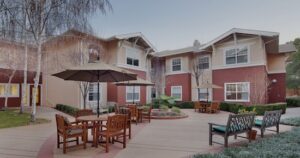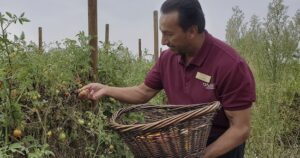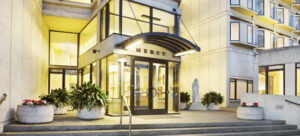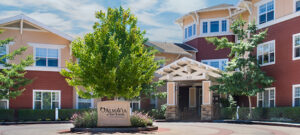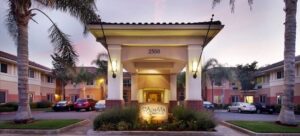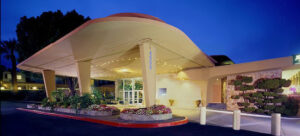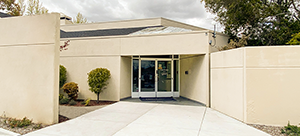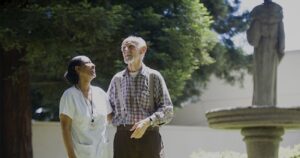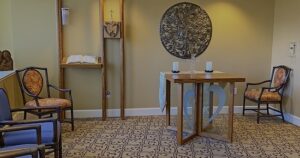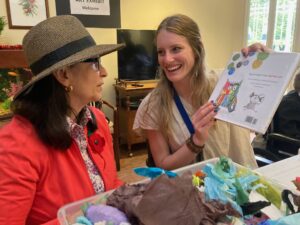The Oakland assisted living community is kicking off a project to engage with the neighborhood and reconfirm its commitment to local seniors.
When a devastating earthquake struck San Francisco in 1906, the Sisters of Mercy were forced to relocate the elderly patients of St. Mary’s Hospital to Oakland. More than 100 years later, Mercy Retirement & Care Center, an Oakland assisted living community founded by the Sisters of Mercy, is reconfirming its commitment to the holistic wellness of the city’s seniors and the surrounding Fruitvale neighborhood with plans for an ambitious expansion.
A New Standard in Oakland Memory Care
Consisting of three phases that will each last one year, the project includes construction of a new memory care building, allowing Mercy to more than double the number of memory care residents it currently serves. This new building will be adjacent to the existing assisted living tower, which will undergo a complete renovation. The new memory care community will feature a rooftop garden and secure, private courtyard.
Influenced by Elder Care Alliance’s I’m Still Here™ approach to memory care, the project’s design makes resident engagement a top priority. For example, community kitchens in the new building “have been designed so the residents can participate in cooking classes and feel that it is a part of their home,” says Mercy’s Executive Director, Phil Altman. “We also took into account family meeting areas, giving family members and visitors privacy to connect with their loved ones.”
The building’s layout will encourage what Mercy staff members call “purposeful wandering” by directing residents toward community activities. The walking distance to Mercy’s multipurpose community space will now be less than 150 feet, providing residents with easier access to life enrichment and social opportunities.
A Commitment to Local Seniors
The project will benefit the entire Oakland community by creating new jobs. More than half of Mercy’s current employees live in Oakland, and “the increase in our population at Mercy would result in hiring approximately 20 more staff members,” says Altman.
The project also includes the creation of a public plaza at 35th Avenue and Foothill Boulevard, with a pedestrian walkway leading to a new front entrance and reception area. The goal of this addition is to open up the five-acre campus to the neighborhood, welcoming Oakland community members into Mercy. To retain the park-like ambiance of the campus, 60 of the property’s 117 trees will either be preserved or relocated on-site, and 58 new trees will be planted.
Mercy’s dedication to Oakland seniors extends beyond caring for residents. The Mercy Brown Bag Program, launched in 1982, brings healthy groceries to more than 6,000 low-income seniors with the help of 500 volunteers—many of them seniors themselves. According to Altman, the construction project “will free up much-needed space in the basement” of the assisted living tower for food storage, which will increase Mercy’s ability “to serve the local seniors in our neighborhood with a bag of groceries twice a month.”
In addition, Mercy provides volunteer opportunities for local high school students. Its multipurpose space is used for public educational seminars and will remain open throughout construction of a new space during the project’s first phase.
By focusing on the needs of its residents and the local community, Mercy continues to enhance Elder Care Alliance’s mission to transform lives and erase boundaries.

